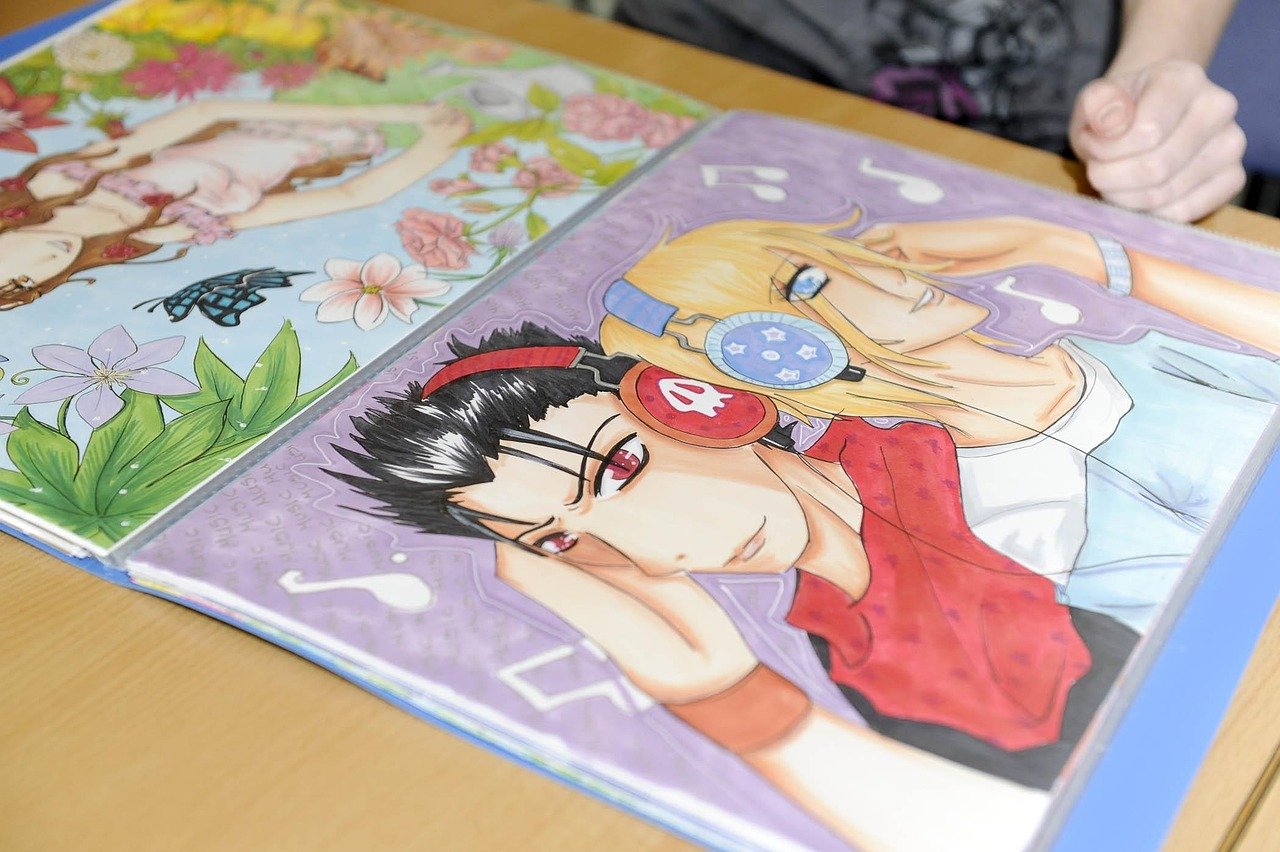Ever find yourself scrolling through your phone, feeling a bit low, and then a friend shares a couple of lines of poetry that just… hit different? It’s not a long article or a motivational speech. It’s just a few perfectly chosen words that feel like a warm, firm hand on your shoulder, telling you to keep going.
Chances are, what you just read was a piece of motivational shayari.
This beautiful art form is everywhere on social media feeds, in WhatsApp statuses, and on inspirational posters. But it’s so much more than a nice quote. It’s a centuries-old literary tradition repurposed as a tiny, powerful capsule of encouragement for our fast-paced world. Let’s pull back the curtain and explore the magic of motivational shayari together.
Understanding Motivational Shayari: More Than Just Pretty Words
First things first, what exactly is it? The word “shayari” (शायरी / شاعری) comes from Urdu and Hindi and simply means poetry. But it’s not just any poetry. It’s a specific craft that uses rhythm (beher), rhyme (qafiya), and a central theme (maqta) to pack a massive emotional punch into a minimalist couplet (sher).
Motivational shayari, then, is a sub-genre focused on hope, resilience, courage, and self-belief. Think of it as the philosophical, poetic cousin of the modern-day affirmation.
What makes it so special is its structure. A great shayari doesn’t shout; it whispers wisdom. It uses metaphor (istiara), personification, and imagery to make its point. Instead of saying “be strong,” it might say:
“Duniya ki rusvaiyon se dar kar humne,
Apne hi ghar mein ek sheesha tod diya.”
A rough translation: “For fear of the world’s disgraces, I broke the mirror in my own house.” The mirror is a metaphor for self-reflection and self-worth. The poet is telling us that our fear of external judgment often leads us to destroy our own self-image first. Powerful, right?
The Bridge from Classical Craft to Your Social Feed
So how did this classical art form end up on your Instagram story? It’s all about evolution.
Historically, great poets like Mirza Ghalib and Allama Iqbal wrote profound verses on life and existence. While not always purely “motivational” in a modern sense, their work explored deep human emotions—struggle, loss, hope, and the pursuit of meaning. This laid the groundwork.
Fast forward to today. We crave connection and meaning, but our attention spans are short. We need wisdom that fits between a cat video and a friend’s vacation photo. Motivational shayari is the perfect bridge.
- Conciseness: A sher is typically two lines. It’s the ultimate snackable content.
- Depth: Despite its brevity, a good shayari carries layers of meaning you can ponder all day.
- Shareability: Its emotional resonance makes it perfect for sharing to uplift others. It says, “I saw this and thought of you,” or “I feel this too.”
Platforms like Pinterest, Instagram, and Facebook have become digital mushairas (poetic symposiums), where people from all over the world share and discover these gems.
Practical Tips for Enjoying and Using Motivational Shayari
You don’t need a literature degree to appreciate this. Here’s how you can bring motivational shayari into your daily life.
1. How to Find Good Shayari:
- Follow the Right Accounts: Search for hashtags like #MotivationalShayari, #UrduPoetry, #HindiShayari. Follow accounts dedicated to sharing work from both classic and contemporary poets.
- Explore the Greats: Dive into the works of poets like:
- Allama Iqbal: The king of philosophical and empowering poetry.
- Harivansh Rai Bachchan: His famous Madhushala collection is full of life lessons.
- Jaun Elia: For a more modern, raw, and relatable take on pain and existence.
- Gulzar: A master of simplicity and profound metaphor.
2. How to Understand It:
- Read the Translation: Most posts provide an English translation. Read it first to get the core meaning.
- Feel the Emotion: Don’t just read the words. What emotion do they evoke? Strength? Melancholy? Hope? The feeling is often the true message.
- Appreciate the Metaphor: Ask yourself, “What is the poet comparing here? What does ‘the lamp’ or ‘the storm’ represent?”
3. How to Share It Authentically:
- Credit the Poet: If you know who wrote the shayari, tag them or mention their name. It honors the craft.
- Share with Context: When you post it, add a line about what it means to you. “This resonated with me today because…” This makes it personal and more powerful for your friends.
- Use It as a Personal Mantra: Find a sher that speaks to your current situation and write it on a sticky note for your desk or as your phone’s wallpaper. Let it be your daily reminder.
The Future of Motivational Shayari
As long as humans face challenges and seek connection, this art form will thrive. We’re already seeing new trends:
- Visual Shayari: Beautiful text graphics and videos with compelling visuals and music.
- Spoken Word / Audio clips: Poets recording their recitation, adding the incredible power of their voice and emotion.
- Global Fusion: Translations are making shayari accessible to a non-Urdu/Hindi speaking audience, creating a truly global community of lovers of poetic motivation.
Conclusion
In a world that can often feel loud and chaotic, motivational shayari offers a moment of quiet, profound strength. It’s a reminder that the struggles we face are universal and that there is immense beauty and power in resilience.
Your 3 Actionable Steps to Start Today:
- Discover: Spend 10 minutes searching #MotivationalShayari on your favorite social platform. Save one that makes you pause.
- Reflect: Think about why that particular verse stuck with you. What in your life does it speak to?
- Share: Post it on your story or send it to one friend who might need to hear it. Pass the inspiration on.
I’d love to hear from you! What’s your favorite piece of motivational shayari? What does it mean to you? Share your thoughts in the comments below.
You May Also Read: The Heart’s Unspoken Language: Why Maa Shayari Resonates Across Generations
FAQs
Do I need to understand Urdu or Hindi to appreciate shayari?
Not at all! While knowing the language adds a layer of nuance, many fantastic resources provide accurate and poetic translations. The core emotion and message are universally translatable.
Who are some modern poets I can follow?
Beyond the classics, look for contemporary voices like Rahat Indori (recently passed but very modern), Javed Akhtar, and Javed Siddiqui. Many new poets are emerging on platforms like Instagram.
What’s the difference between a shayari, a sher, and a couplet?
A sher is a single couplet (two lines) that often contains a complete thought. Shayari is the broader term for the entire poem or the art form itself. A couplet is the English equivalent of a sher.
Is all shayari motivational?
Definitely not. Shayari covers the entire spectrum of human emotion—love (ishq), sadness (gham), social commentary, and philosophical musings. Motivational shayari (jazbaati or himmat afzaa shayari) is one popular category.
Can I try writing my own motivational shayari?
Absolutely! Start by thinking of a core message or feeling. Then, try to express it using a metaphor rather than a direct statement. Play with words and rhythm. It’s a wonderful creative exercise.
Why does shayari often use metaphors from nature like birds, storms, and flowers?
These are universal symbols. A bird can represent freedom, a storm can represent hardship, and a flower can represent beauty or fragility. Using these metaphors makes the poetry relatable across cultures and times.
Where did shayari originate?
Shayari has its roots in the Persian and Arabic poetic traditions and was developed and refined in the Indian subcontinent over hundreds of years, particularly during the Mughal era.











